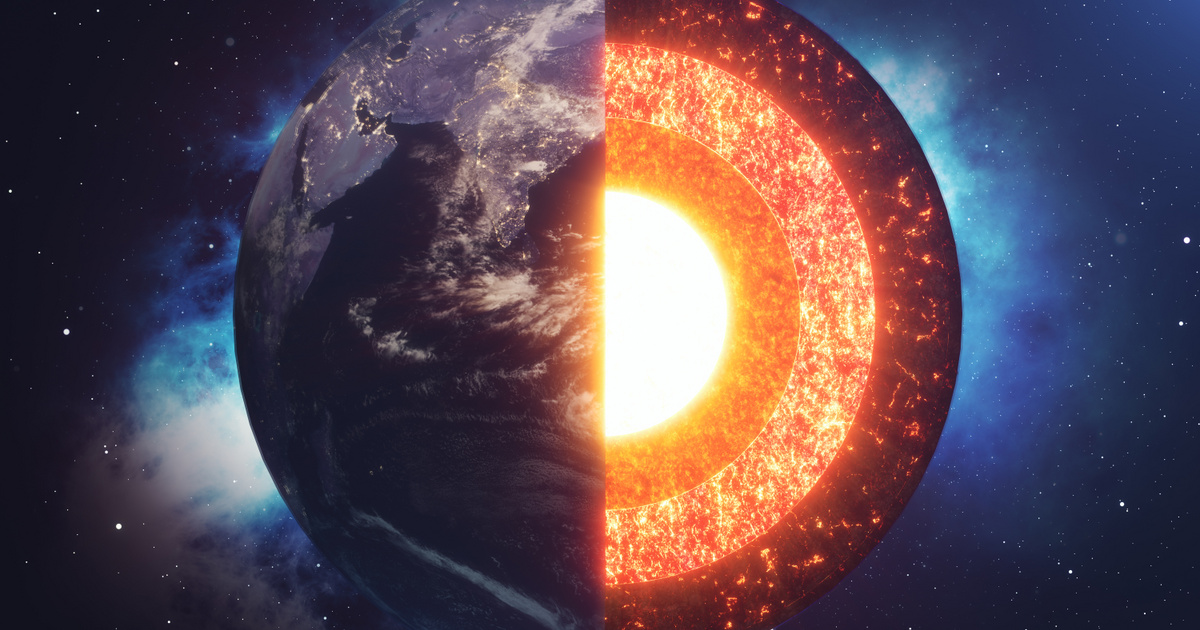Based on seismic data dating back two decades, American, Chinese and Canadian scientists have concluded that the rotation of the Earth's core has slowed over the past decade.
The Earth's core is a very hot, dense ball of iron and nickel, two-thirds the size of the Moon, located 4,800 kilometers below our feet. There is a lot of scientific controversy about its movement and nature, which stems mainly from the fact that our knowledge is a picture made up of indirect data (waves, magnetic fields, time measurement).
Last February, joint research conducted by the University of Southern California and the Chinese Academy of Sciences came to the conclusion that the rotation speed of our planet's core regularly speeds up and slows down. When viewed from the surface, its movement is reflected from time to time. This does not mean that the rotation of the nucleus rotates in the opposite direction, nor does it mean that it stops. Although this phenomenon is linked to earthquakes, there is no reason to panic about the end of the world.
In the latest issue of Nature, the same team tried to prove their theory about the rotation of the nucleus beyond a reasonable doubt. For this reason, they analyzed seismic data dating back several decades. These included, for example, data from 121 earthquakes around the South Sandwich Islands between 1991 and 2023. The period between 1971 and 1974 was also part of the analysis
Soviet nuclear test explosions
And recordings of waves passing through the heart of French and American nuclear weapons tests.
The researchers compared and organized about 200 waveforms. In the process, they found three-wave groups repeating themselves two decades apart, with minimal differences between the two.
Based on the results, the core has been constantly slowing down and rotating slower than the crust since 2010, compared to the previous four decades. The rotation is currently 2.5 times slower than before.
According to USC professor John Vidal, this phenomenon is caused by the swirl of liquid iron covering the outside of the core, which is caused by the gravitational influence of the layers above it. This is the same area where the magnetic field that protects the planet from cosmic rays is generated. According to Vidal, the slowing down of the core also slows down the Earth's rotation and shortens the length of the day by a few thousandths of a second.
The inner core lives a more vibrant life than we have ever known
– The professor said that the time span of the research and the accuracy of the wave analysis is a serious advance that adds a lot to the scientific debate about the dynamics of the planet’s core.
(Science Alert, Scitech Daily, Observers)














































